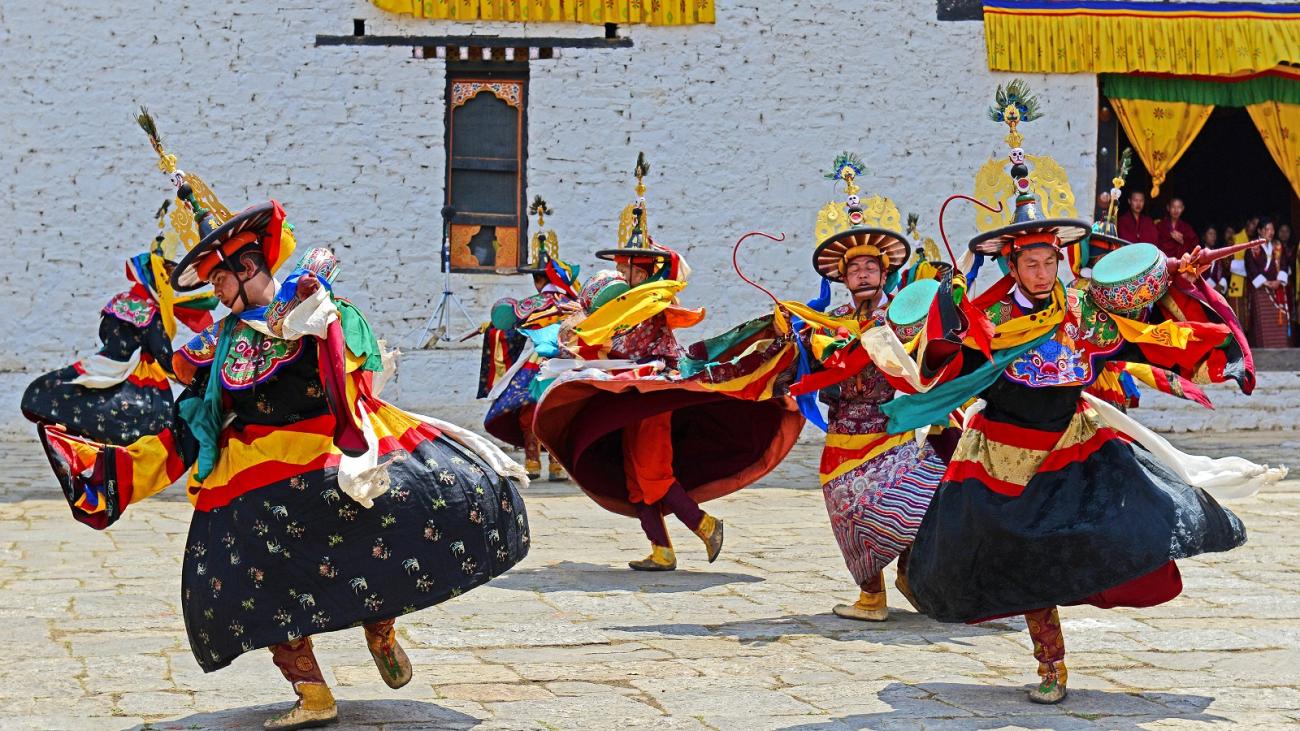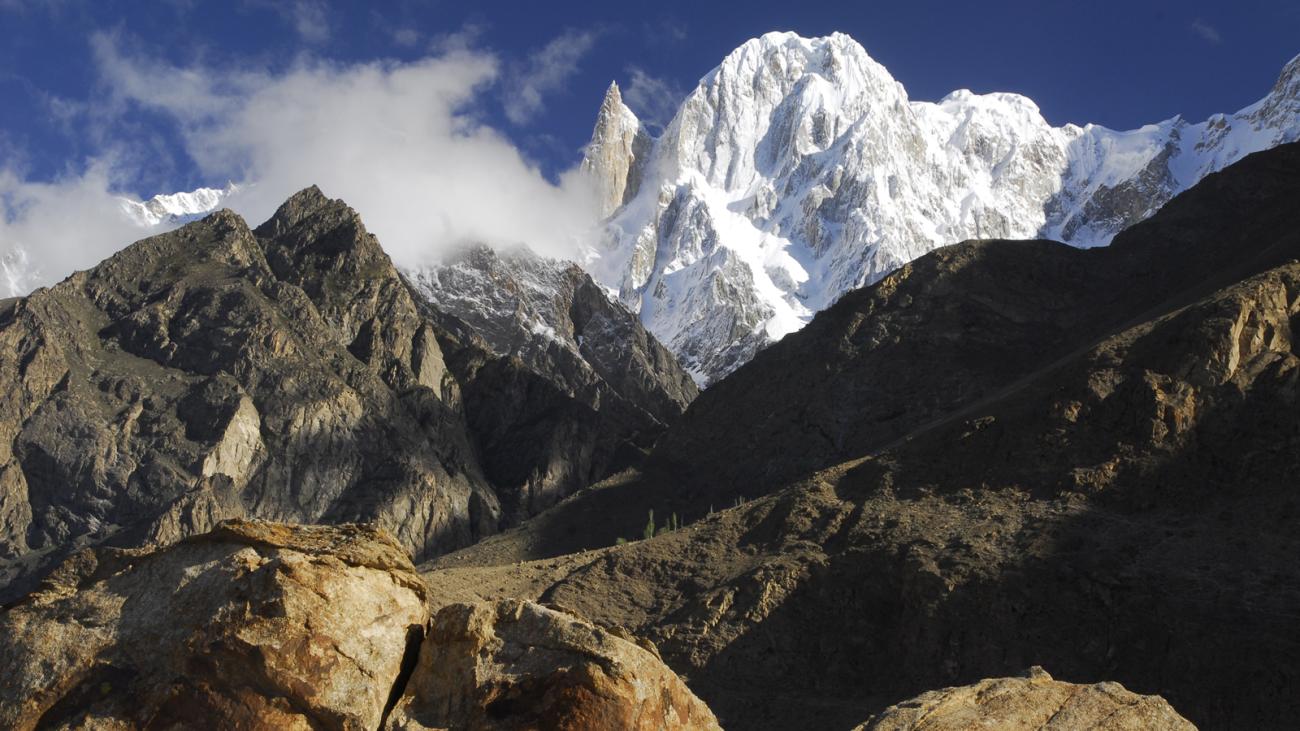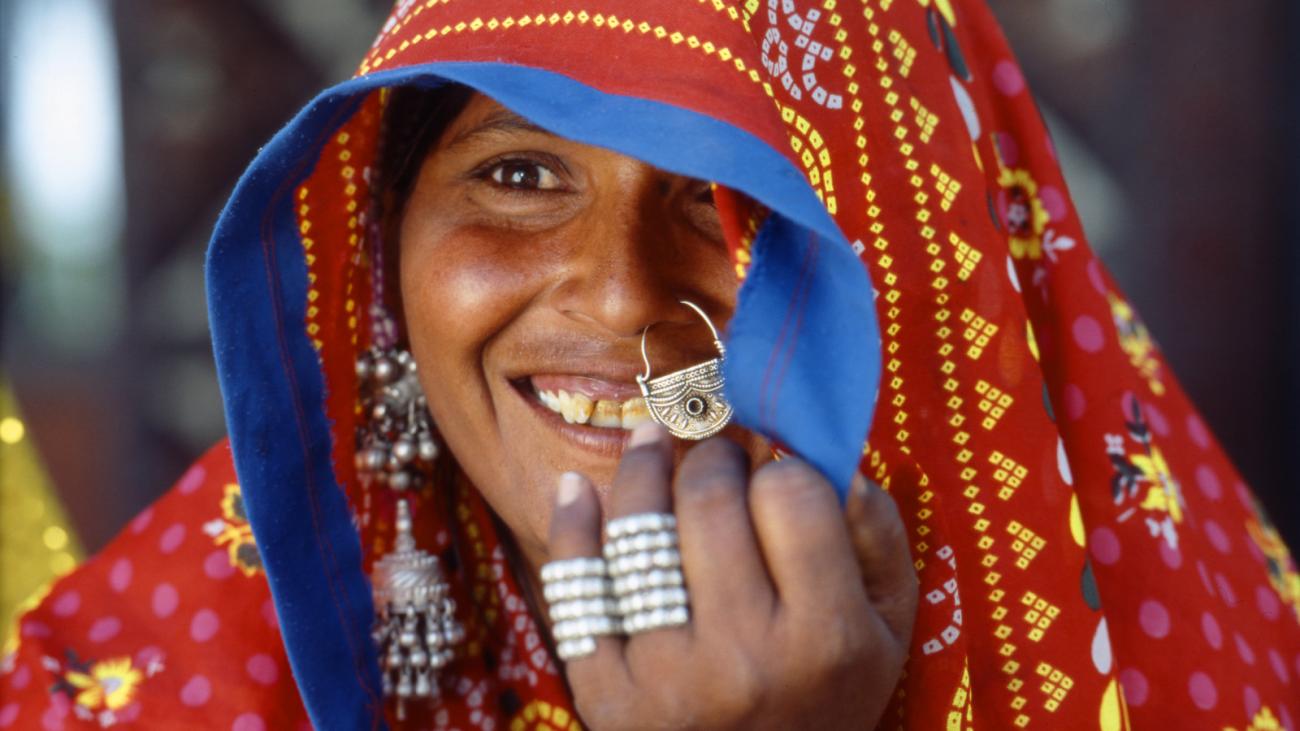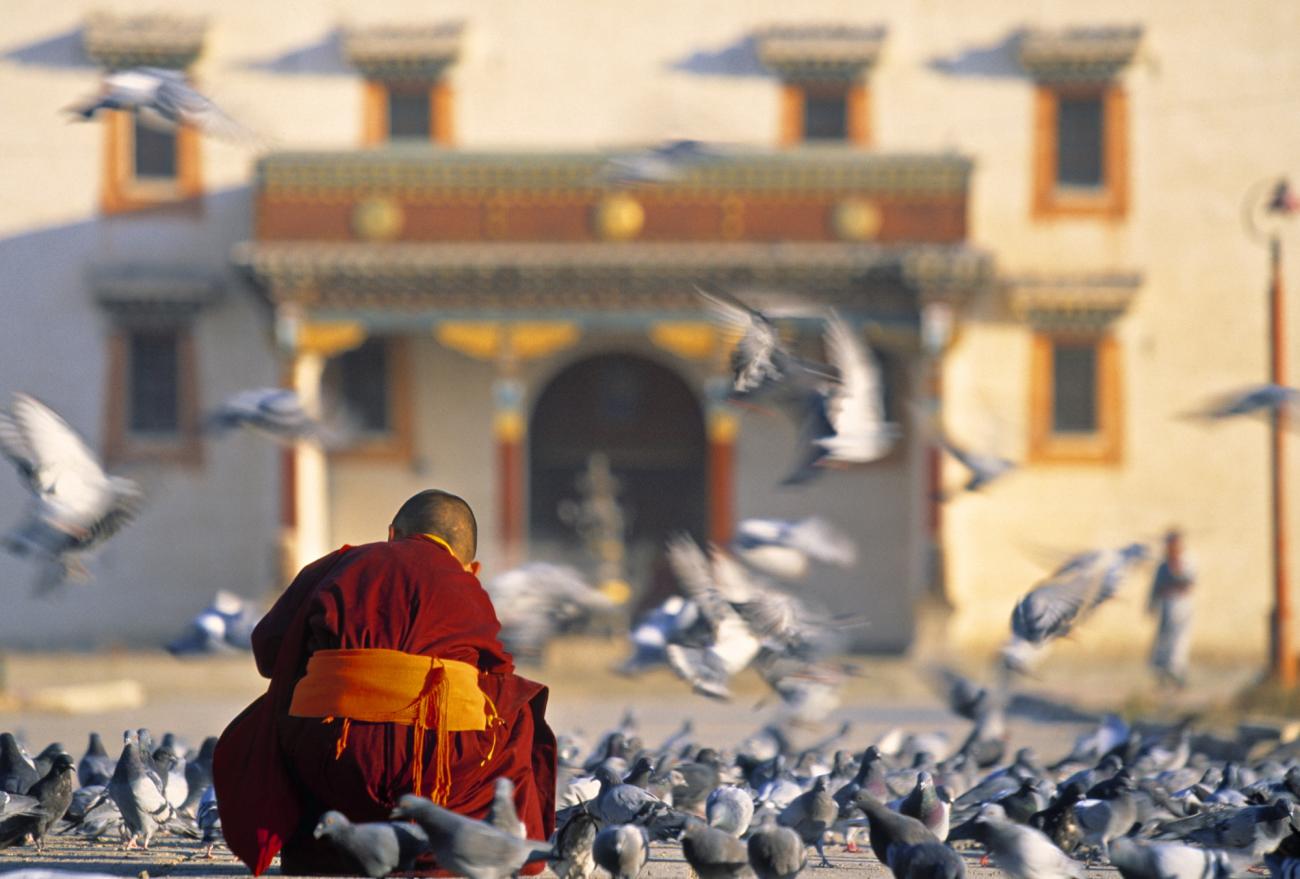10 Tips for Taking Great Travel Photos
A photo can truly speak a thousand words, and capturing the perfect image can feel rewarding and bring back exact memories of unforgettable adventures. But how do we make sure every shot counts? We've partnered with Bob Books, who have been publishing incredible photo books since 2006, to find out how to take amazing travel photos you'll want to keep forever. Plus, find out how you can save on your next photo book below!
Looking to capture stunning travel photos that can be transformed into professionally printed photo books and shared with family and friends or a wider audience?
Travel photography is a bit like storytelling. It’s bringing people along on your journey by introducing them to the places you’ve been and the people you met along the way.
Whether you prefer to use your camera phone or own a dedicated mirrorless camera or DSLR, you can use the following tips to take your travel photography to the next level.

1. Research your destination
Taking some time to research your destination before you leave home is important for a few reasons. Firstly, it’s a chance to learn about the views, landmarks, wildlife, and other hidden gems you’d like to photograph, as well as what to expect in terms of weather and lighting conditions so you can capture the best photographs possible. Learning about local customs, traditions and etiquette will also enable you to respect your destination’s culture and follow any legal requirements when it comes to choosing your subjects and photographing people and places.
.jpeg)
2. Stabilise your camera
Although you won’t always have time to set up a tripod, it’s good to have the option of stabilising your camera if you want to capture sharp photographs of landscapes and architecture as well as birds and wildlife. It’s also essential when you’re photographing anything in low light such as indoors or at night.
Tripods come in many varieties, but if travel photography is your goal, look for one that’s lightweight and portable. If you don’t have a tripod or time to set one up, you can still minimise the risk of blurry photos by holding your camera with both hands and resting your elbows on a stable surface while shooting.

3. Get on eye level with your subject
Whether you’re photographing people or wildlife, try to get down to eye level with your subject whenever possible, as this will help you to establish a connection between the viewer and your subject. It’s generally also the most flattering angle from which to create natural-looking portraits, as shooting from above or below can elongate certain facial features or cause other unwanted distortion.
.jpeg)
4. Try different angles and perspectives
The exact same scene can look very different when it’s photographed from above or below, so think about the angle and perspective you’re shooting from and how you might mix it up. Changing your angle or perspective can also help you include more details in your photograph, whether it’s an interesting reflection or the street vendors and tourists milling about near a well-known landmark.
.jpeg)
5. Think about composition
There are many compositional techniques you can use to create more aesthetically pleasing photographs and draw attention to your subject. For example, ‘framing’ involves using elements of a scene you’re photographing to frame your subject, such as a window, doorway or the branches of a tree or shrub. You can also use ‘leading lines’ to draw the viewer’s eyes through your photograph and create a sense of depth, such as a road, staircase or fence. Other examples of compositional techniques include the rule of thirds, negative space and symmetry.
.jpeg)
6. Get closer if you can
Photographing your subject from close range is a great way to eliminate distracting backgrounds and create more impactful photographs. If you have a camera with a zoom lens, this is easy to do by simply zooming in. On the other hand, if you’re photographing a scene with your phone camera, the image quality may suffer if you use the zoom function, and you may be better off moving physically closer to your subject. Of course, if you’re photographing people or wildlife, it’s important to be mindful and respectful of their personal space.

7. Check where the light is coming from
Shooting against the light can at times produce interesting effects, like silhouettes and sun flares. Most of the time, however, you’ll get better photos if you shoot with the light coming from behind or from the side of you. Shooting at midday in bright sunlight can also lead to harsh shadows or blown out highlights, so it’s worth looking for a shaded spot where the lighting will be more even. If your camera has a flash, you can use this to throw some light on a subject that’s close to you in order to reduce harsh shadows.
.jpeg)
8. Capture candid moments
Posed photos can be a lot of fun, but oftentimes, it’s the candid shots showing authentic moments and genuine emotions that will paint the best picture of what your journey was like. Try to keep your camera to hand so you’ll be ready to capture candid moments as they occur, whether it’s your tour group laughing and chatting animatedly, an animal or bird that appears suddenly or spontaneous interactions between locals going about their daily life.

9. Interact with local people
Interacting with your subjects, whether before or after taking their photo, is a great way to put them at ease and capture their personality. It can also add more depth to your photographs by helping you understand the context behind the scenes you’re photographing. Even if you don’t speak the local language, a smile and simple greeting, or even showing them the photograph you’ve taken of them, can go a long way towards making them feel comfortable with the photographic process.
 (1).jpeg)
10. Patience is key
Finally, remember that while you can get lucky at times and capture a beautiful travel photograph in an instant, most of the time, it helps to slow things down and spend some time taking in your surroundings before you start taking pictures. For example, you might need to find a less crowded place to shoot from, look for a better angle, or simply wait for the right light, for wildlife to appear or for interesting interactions to take place.
.jpeg)
Once you’ve returned from your travels and have a collection of stunning photographs to share, you may want to get them organised by creating your very own travel photo book. Bob Books is the UK’s best-loved photo book company and is offering Wild Frontiers members an exclusive 20% off on travel photo books using code WILD20. You can find tips and inspiration for creating a stunning travel photo book on the Bob Books blog.
*Offer valid until 31/12/2024. For full terms and conditions please visit: https://www.bobbooks.co.uk/wild-frontiers